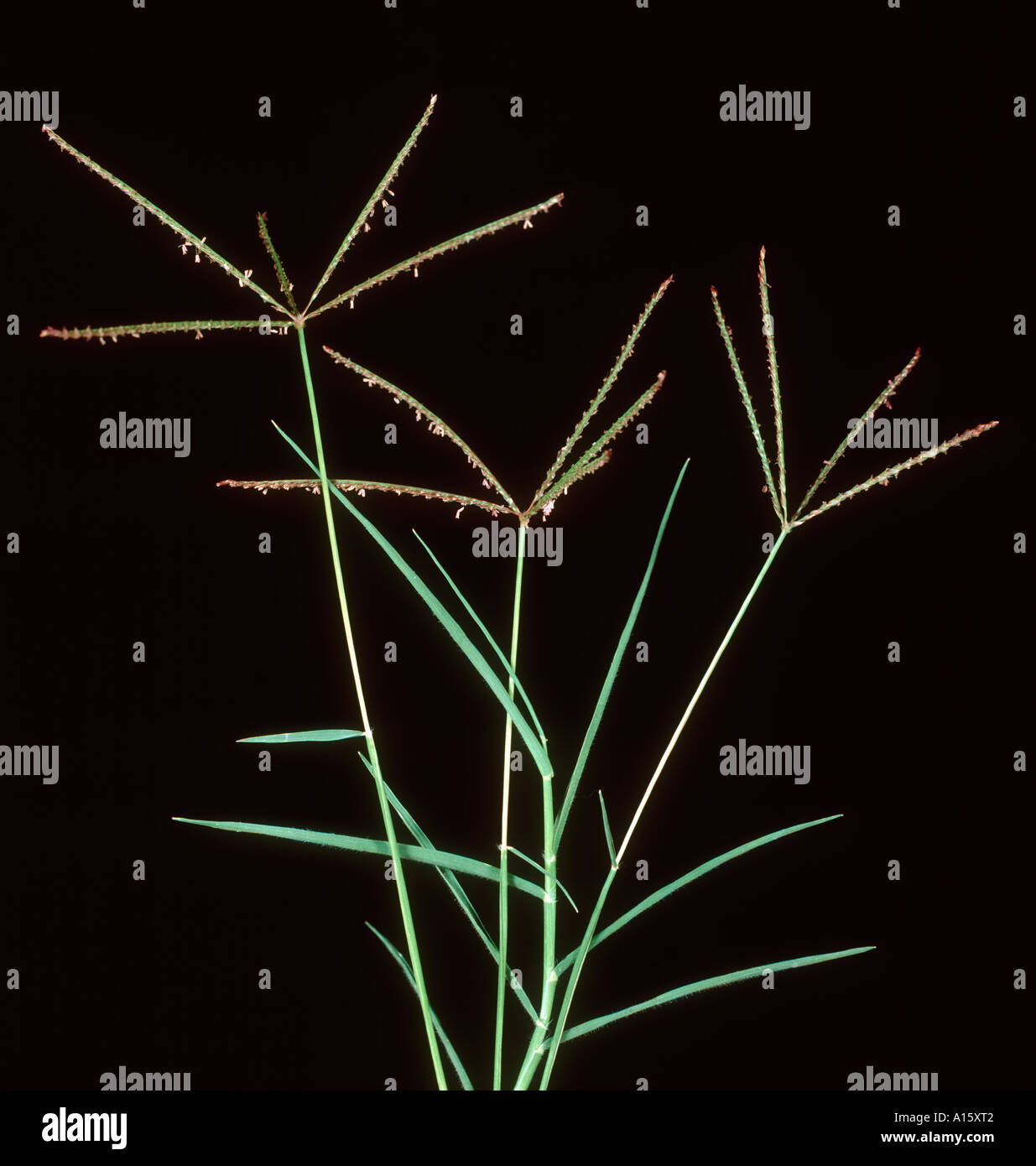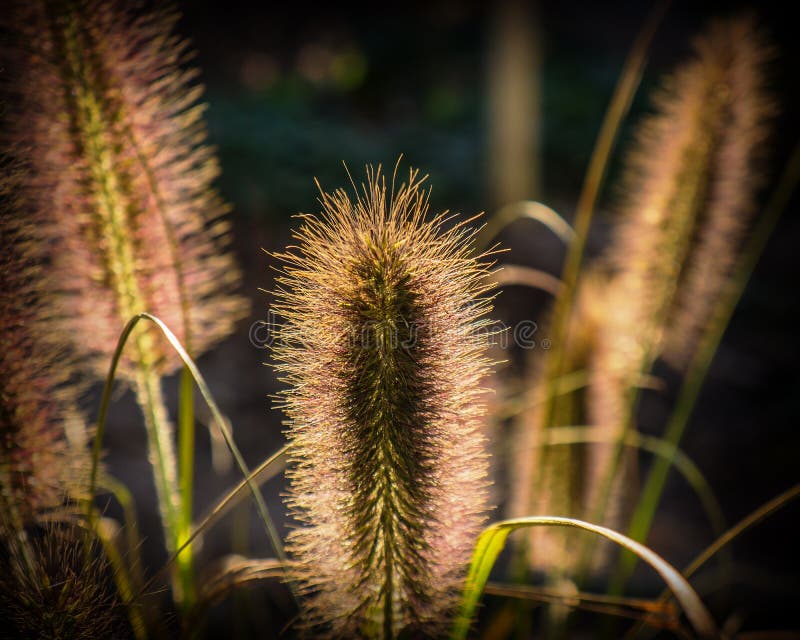

The weed produces fruit that resemble small tomatoes. Carolina horsenettle (Solanum carolinense)Īlso called devil’s tomato, horsenettle is part of the nightshade family. Producing small yellow flowers on flowering stalks that grow from the leaf axils. And from mid-summer to early fall the plant blooms.
GRASS SPIKE PLANT FULL
Prickly sida grows in full to partial sun, and moist, fertile soil. And they’re also covered in fine hairs that are easiest to detect through touch. The green, heart-shaped leaves have a spine at their base. tall on stems covered in fine white hairs. Sida spinosa by Dinesh Valke from Thane, India, CC BY-SA 2.0, via Wikimedia Commonsĭoes the weed have a spike at its leaf nodes? If the answer’s yes, then you might be looking at prickly sida.Īlso known as teaweed, prickly sida is a perennial herb. With trumpet-shaped violet or white flowers up until the first frost. And alternating leaves with toothed edges. The plant has green stems that are sometimes purple-tinged. Jimson weed is a big weed that grows up to 6.5 ft. Making it a bad weed to find in your yard. And just touching the plant can cause rashes. Jimson weed is a notorious poisonous weed that’s dangerous when ingested.

Jimson weed produces a large fruit encased in a spiky capsule. It’s also known as thorn apple and devil’s snare. Jimson weed is an invasive weed that’s a member of the nightshade family. But thistles thrive in locations with good sun exposure and rich soil. You’ll find this prickly weed growing in various conditions and places. In the second year, bull thistles develop a tall stem that can reach 7 ft. With flat leaves that have big spikes down the middle and at the edges. In the first year, thistles grow a basal rosette. They also have spiny bracts that grow beneath the flower head.īull thistles are biennial weeds. Bull thistles have spines that cover the leaves and stems of the weed up to the pink-purple flowers. Of all the spiky weeds, thistles are probably the most recognizable. Houseplants are sometimes sold as Dracaena 'Spikes'.How Do You Get Rid Of Spiky Weeds? Bull Thistle (Cirsium vulgare) It has thin, grass-like colorful leaves that arch in a fountain-like growth habit. It grows to be quite a large tree in its native habitat, but immature plants are often used as houseplants.


 0 kommentar(er)
0 kommentar(er)
